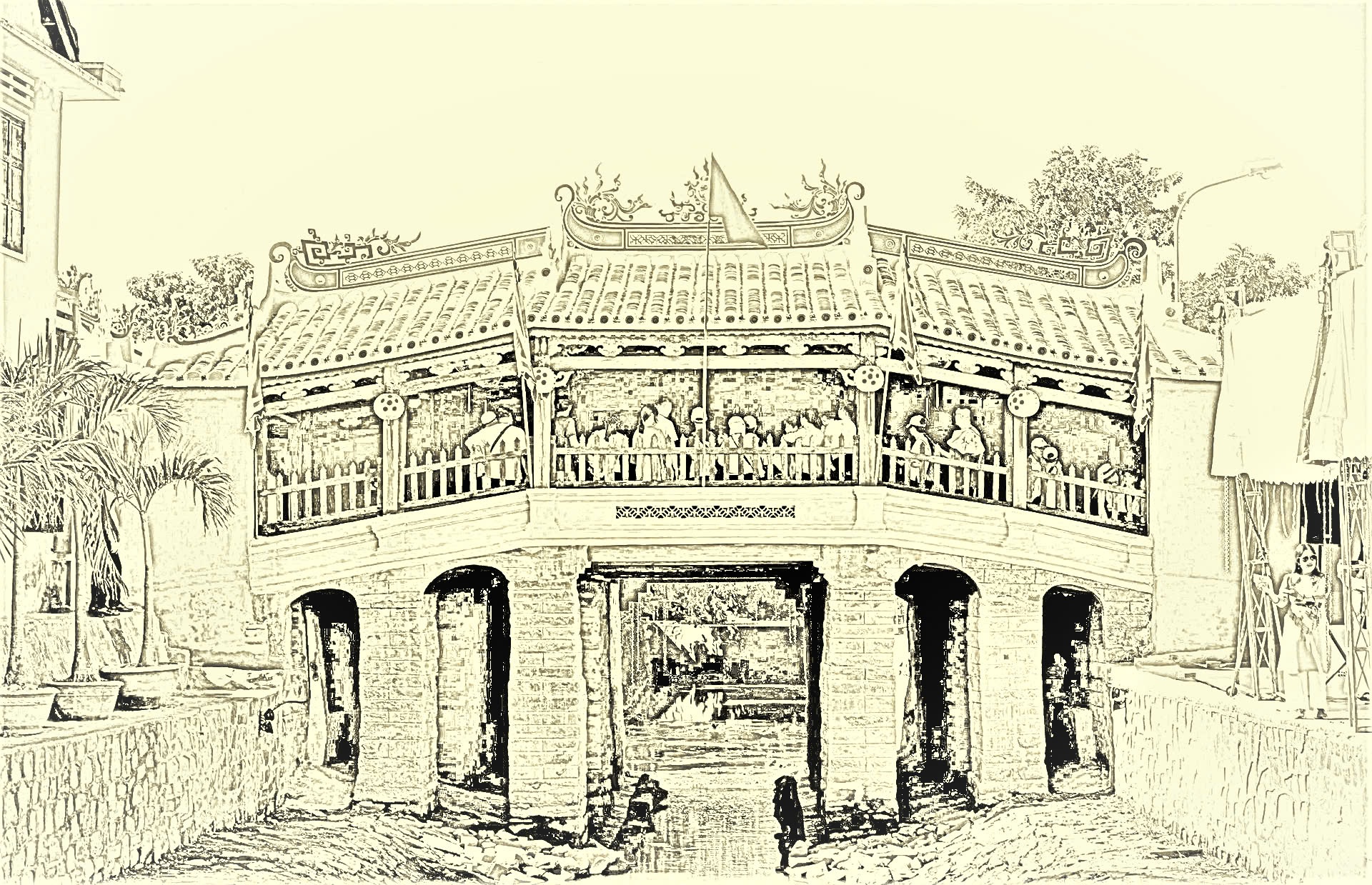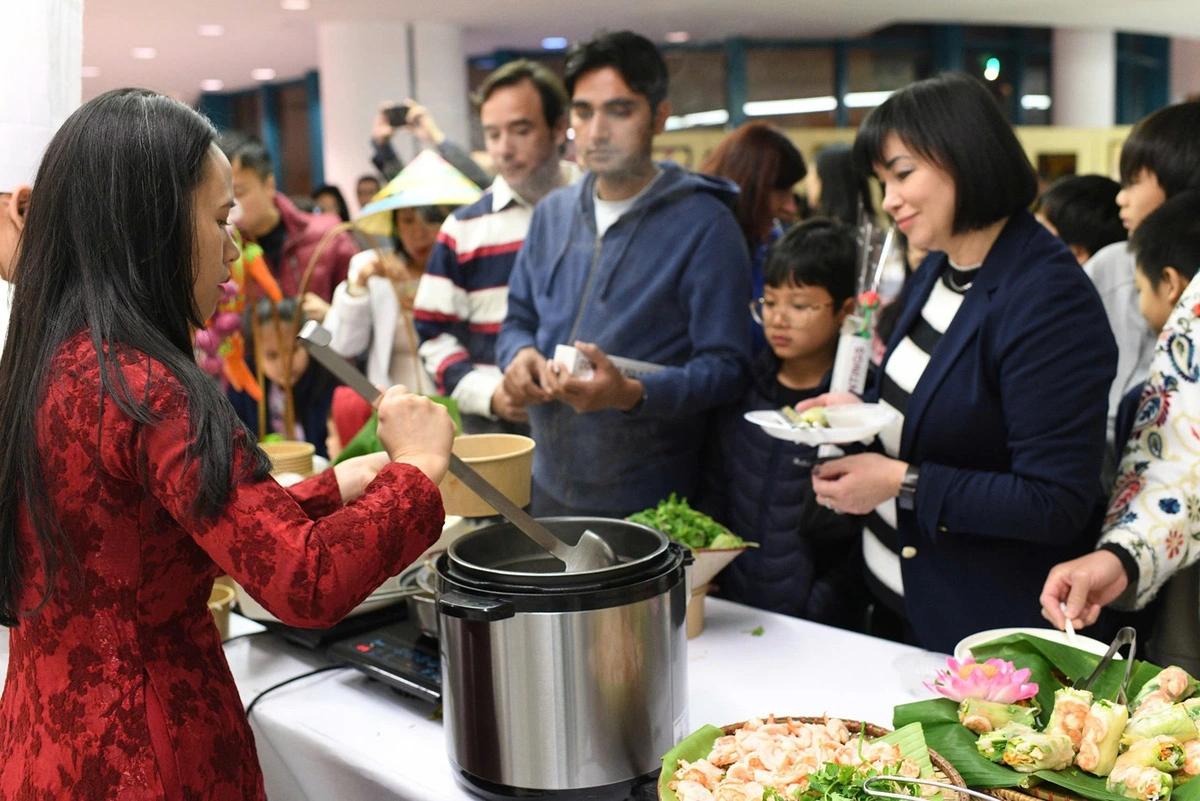Dear Readers of The Hanoi Times,
This week, we take a deeper look at Vietnam’s ongoing journey to restore and preserve its rich cultural heritage. With a diverse and ancient culture, Vietnam is home to numerous heritage sites that have stood strong through the ages. However, time and nature have taken their toll, and now these precious legacies are in a fragile state, requiring urgent attention.
Hoi An’s Chua Cau Restoration: A Controversial Endeavor
Recent headlines have celebrated the completion of the Chua Cau (Japanese Bridge) restoration project in Hoi An, Quang Nam Province. With headlines like “Hoi An’s Chua Cau Attracts Tourists Post-Renovation” and “Visitors to Hoi An: Chua Cau Looks Better in Reality Than in Photos,” it seems the restoration has been a success.
The authorities and people of Hoi An are proud to see the throngs of tourists flocking to Chua Cau, as this heritage site has retained its charm, even with its new appearance. The project, costing over VND20 billion (US$800,000), is of immense value and significance to the city. It also highlights the strong connection between Vietnam and Japan, as the bridge was originally built by Japanese merchants in the 17th century.
 |
However, the restoration has sparked controversy among the Vietnamese public, who are accustomed to the ancient, moss-covered charm of the bridge. The project has given Chua Cau a modern look, a stark contrast to its centuries-old appearance. This has led to a backlash, with many criticizing the decision to renovate the bridge.
Some have argued that the $800,000 spent on the restoration was excessive, and local authorities have been accused of mismanagement. Social media comments reflect disappointment and anger, with only a few supportive voices amid the criticism.
A friend in the tourism industry shared his concerns, suggesting that the restoration lacked a long-term vision and failed to consider the emotional connection and perceptions of visitors attached to the bridge’s original state.
While we respect his opinion, it’s important to acknowledge the expertise and efforts of those involved in the restoration. The process took 19 months of careful research, consultation, and execution by Hoi An’s experts and authorities. It required immense dedication and intelligence to preserve the bridge for future generations to enjoy.
From Hoi An to Hanoi: A History of Restoration Controversies
The debate around Chua Cau’s restoration brings to mind similar controversies in Hanoi. St. Joseph’s Cathedral, the Hanoi Opera House, and the old French villa at 49 Tran Hung Dao have all faced public scrutiny after undergoing restoration.
The media frenzy surrounding the restoration of the French villa at 49 Tran Hung Dao is a case in point. The new paint job, which matched the original color from the early 20th century, was met with disappointment by those who expected a more antiquated look.
Similarly, the restoration of St. Joseph’s Cathedral in Hoan Kiem District was criticized on social media after a photo of the initial coat of whitewash was posted online. People were quick to judge the project as a failure, unaware that multiple subsequent coats of lime and faux-aging paint would be applied to retain the cathedral’s ancient appearance.
Hanoi, a city rich in history and culture, has experienced its fair share of challenges in preserving its heritage sites. With a tumultuous past, it is a miracle that historical structures have survived and can still be maintained for future generations to appreciate.
However, the expression of public opinion, often based on limited information or personal preferences, raises concerns for future restoration and preservation projects. One can only imagine the backlash if Hanoi were to undertake a large-scale restoration project, such as the Long Bien Bridge or other heritage sites in the area.
It is essential to understand that a structure’s historical significance goes beyond its exterior appearance. The stories it holds and the intrinsic value it carries are what truly matter. The Hanoi Opera House, St. Joseph’s Cathedral, Long Bien Bridge, and Chua Cau are all testaments to Vietnam’s history, and their restoration is about more than just a new look.
We must recognize and appreciate the dedication of the authorities and local residents who strive to restore these monuments. Their efforts are crucial to preserving these structures for future generations and continuing Vietnam’s heritage preservation journey. Let’s embrace a more positive outlook and support these endeavors, understanding that they are necessary to safeguard our cultural legacy.
Painting contest held for buffaloes joining ploughing festival in Ha Nam
A buffalo painting contest for the Doi Son Tich Dien (ploughing) Festivalwas held on February 10, or the sixth day of the Lunar New Year in Doi Son commune, Duy Tien district, the northern province of Ha Nam.








